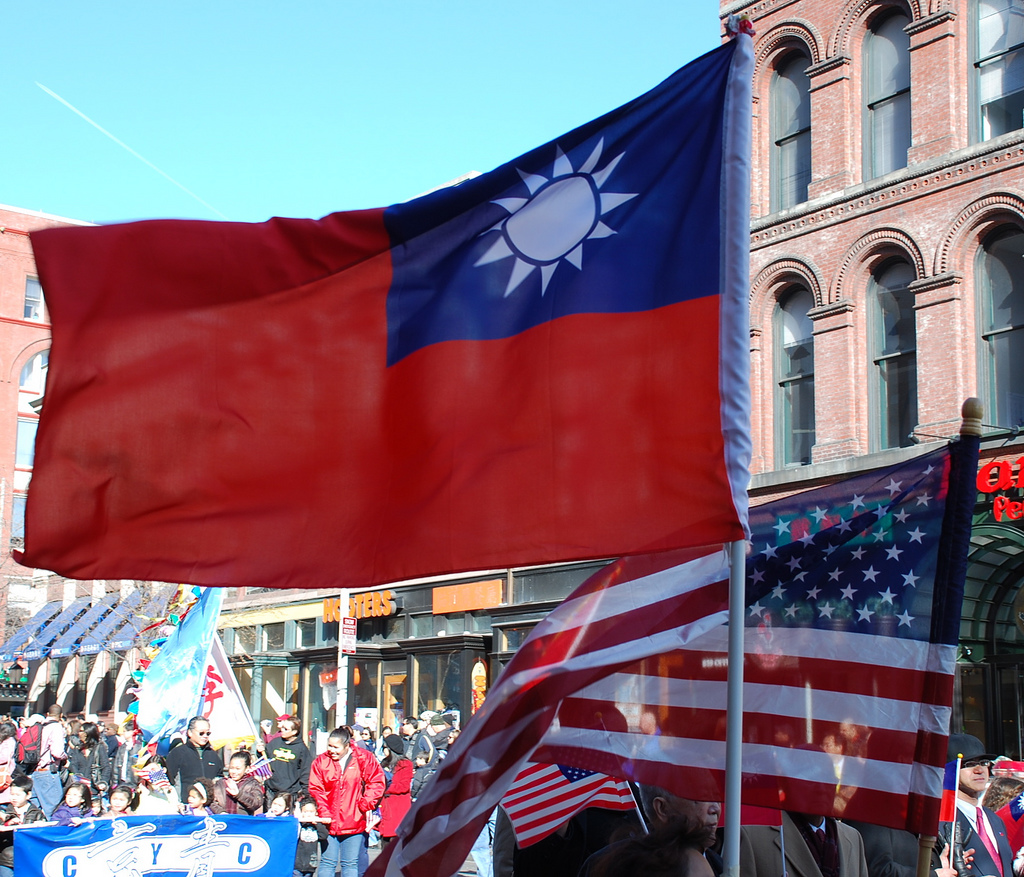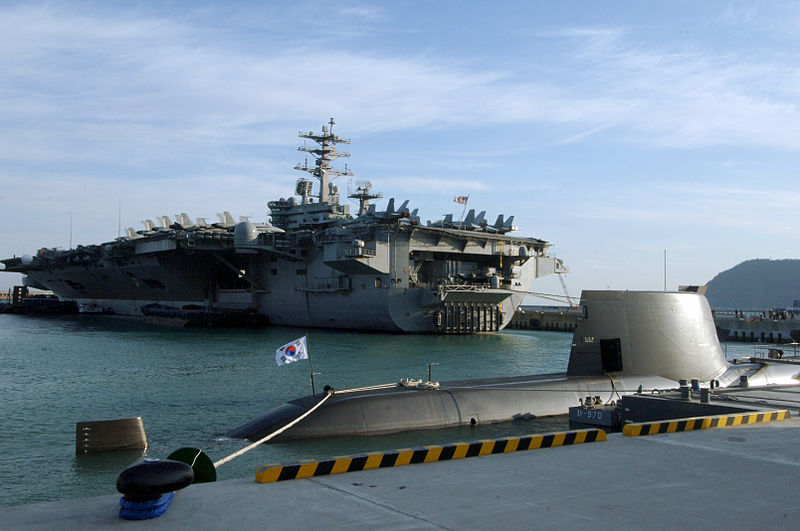Nothing Found
Sorry, no posts matched your criteria
Sorry, no posts matched your criteria
 In the wake of the US President’s decision to pull out of any engagements in Asia surrounding the APEC summit in Bali last week, critics of the US rebalance to Asia policy have exploited his absence as evidence of US regional strategic bluster.
In the wake of the US President’s decision to pull out of any engagements in Asia surrounding the APEC summit in Bali last week, critics of the US rebalance to Asia policy have exploited his absence as evidence of US regional strategic bluster.
For the most part, the Chinese media avoided the temptation of hubris, taking a more conciliatory tone and played up the central role of China’s regional economic engagement at the summit. Chinese leaders will have recalled the abrupt departure by Hu Jintao from the G8 summit in Italy in 2009 as insurrection broke out in troubled Xinjiang.
The US has been very quick off the mark with rebuttals, proclaiming the Asia pivot to be firmly rooted in Washington DC’s foreign policy. Standing in for the President, Secretary of State Kerry’s presence in Bali was a notable exception to his predisposition for the quagmire in the Middle East, viewed by many as another counterweight to the Asia pivot. Read more
 This week ASPI held its inaugural Northeast Asia Defence and Security Forum in Sydney, bringing together a range of distinguished experts from the region and Australia. My task was to discuss some of the key strategic trends affecting the region. My baseline is that the region is subject to a volatile mix of cooperation and competition—but that there’s a risk of an evolution towards greater imbalance.
This week ASPI held its inaugural Northeast Asia Defence and Security Forum in Sydney, bringing together a range of distinguished experts from the region and Australia. My task was to discuss some of the key strategic trends affecting the region. My baseline is that the region is subject to a volatile mix of cooperation and competition—but that there’s a risk of an evolution towards greater imbalance.
It’s difficult to understate the importance of stability in Northeast Asia for Australia and the rest of the region (and indeed the world). If something goes wrong there the consequences would be disastrous. The northern Pacific is home to the top three world economies (the US, China and Japan); three established nuclear powers (China, the US, Russia) and one emerging (DPRK); two of the three major Asian flashpoints (Korean Peninsula and Taiwan); as well as a range of unresolved territorial disputes.
Read more
 A little over two weeks ago, the Republic of Korea Navy (ROKN) launched its fourth 1,800 ton German Type 214 submarine in a ceremony attended by President Park Geun-hye. Featuring modern Air-Independent Propulsion (AIP) and the advanced ISUS 90 submarine combat system, the new boat of the Son Won-ill class brings up the total number of modern South Korean submarines to 13: nine 1,200 ton German Type 209 Chang Bogo class and four Son Won-ill. And South Korea has apparently already started the design phase of a new, indigenous 3,000 tonne submarine, with the goal of having at least nine such boats in service by 2030. According to navy sources, they’ll be equipped with a vertical launch missile capability, dramatically improving South Korea’s long-range strike capabilities.
A little over two weeks ago, the Republic of Korea Navy (ROKN) launched its fourth 1,800 ton German Type 214 submarine in a ceremony attended by President Park Geun-hye. Featuring modern Air-Independent Propulsion (AIP) and the advanced ISUS 90 submarine combat system, the new boat of the Son Won-ill class brings up the total number of modern South Korean submarines to 13: nine 1,200 ton German Type 209 Chang Bogo class and four Son Won-ill. And South Korea has apparently already started the design phase of a new, indigenous 3,000 tonne submarine, with the goal of having at least nine such boats in service by 2030. According to navy sources, they’ll be equipped with a vertical launch missile capability, dramatically improving South Korea’s long-range strike capabilities.
The submarine launch is indicative of South Korea’s prospective emergence over the next decade as one of the ‘world’s premier middle power navies.’ Back in 1995, then-President Kim Young-Sam approved a plan by then chief of naval operations, Admiral An Byoung-Tae, to begin the long-term development of a ‘blue water navy’, capable of extended operations within East Asia and short-term operations in the Indian Ocean and the Middle East. Read more
Ten Essentials are shaping Asia’s success and the chance of future conflict. The Essentials drive diplomacy and strategy and are at the core of what’s a new system. They fall under three main headings; great power relationships (the G2), the emerging Asian structure and system, and the impact of current developments in Asia on the global structure.
Picture this as the G2 sitting uneasily on top, the emerging Asian concert in the middle, and at the base, the strength of the US military and the set of bilateral alliances that have delivered so much for Asia for 60 years. The US alliances, however, are no longer enough, no matter how much effort Washington throws into its rebalance. The future Asian multilateral system will be built and run by Asia—and is as much about pride as it’s about power.
The impact of the new Asian system on Australia is the view presented by the first sentence of the Australia in the Asian Century White Paper: ‘Asia’s rise is changing the world’. The conclusion the White Paper offers is equally inescapable: Australia will be transformed by Asia, so Australia must enter a new phase of deeper and broader engagement with Asia. Read more